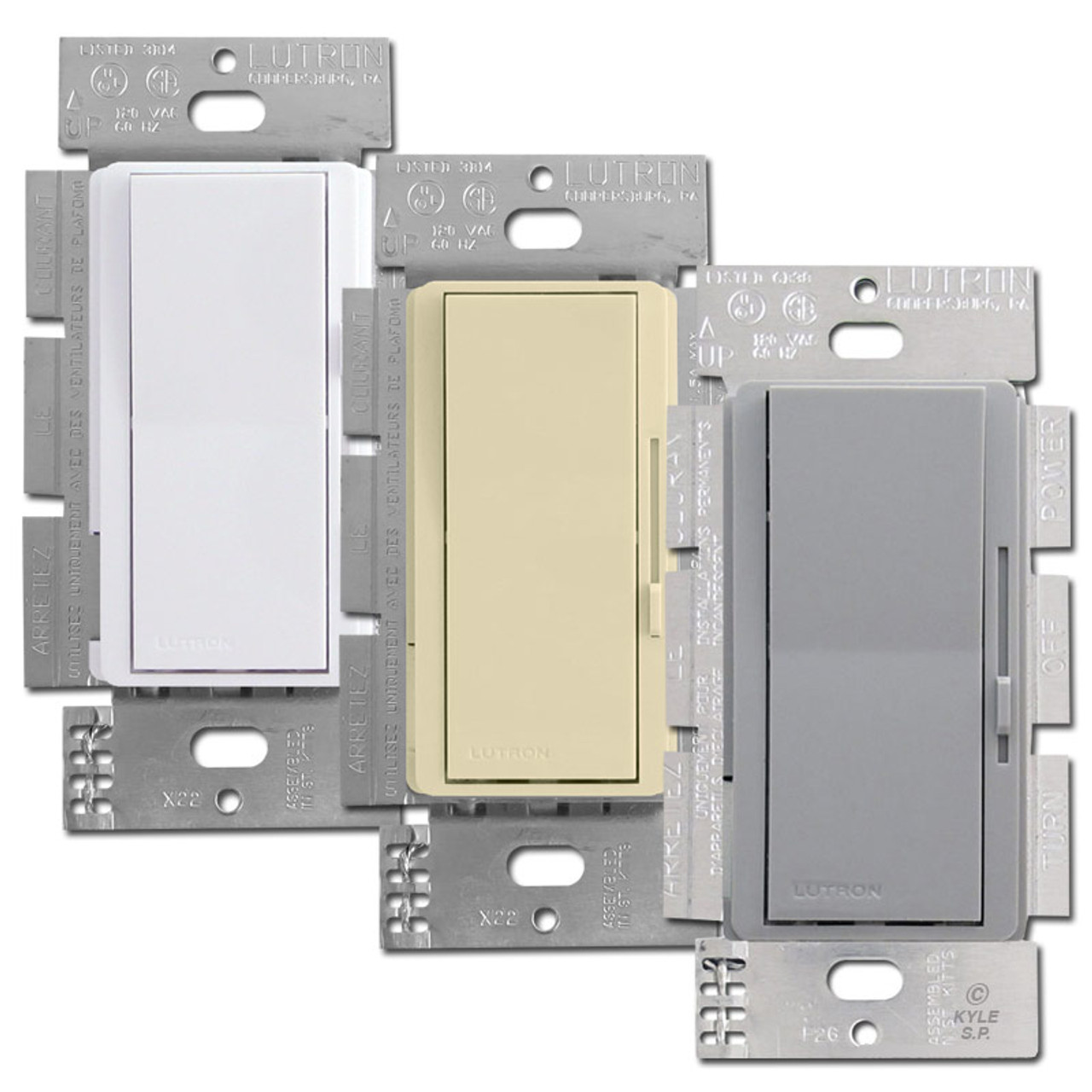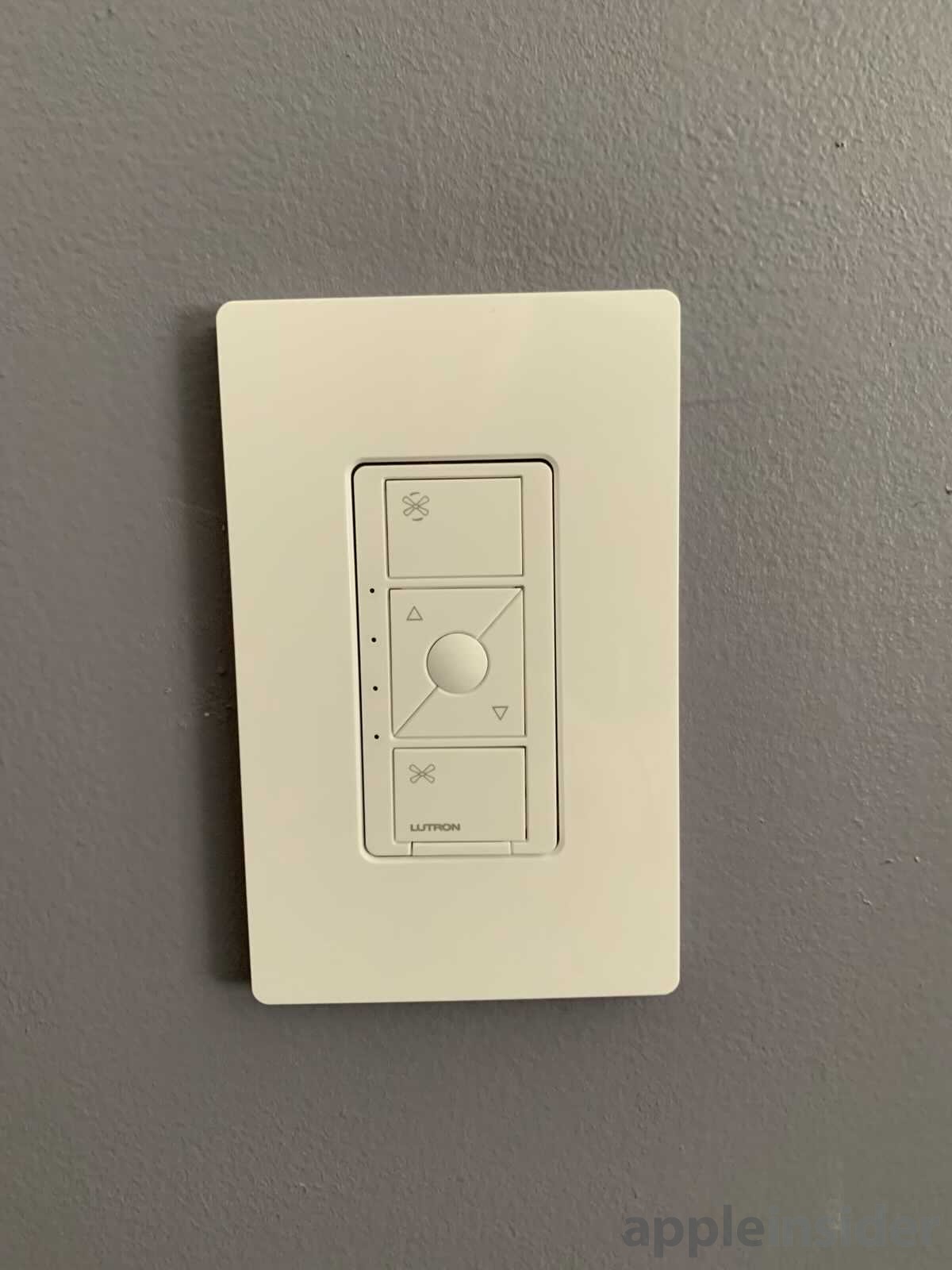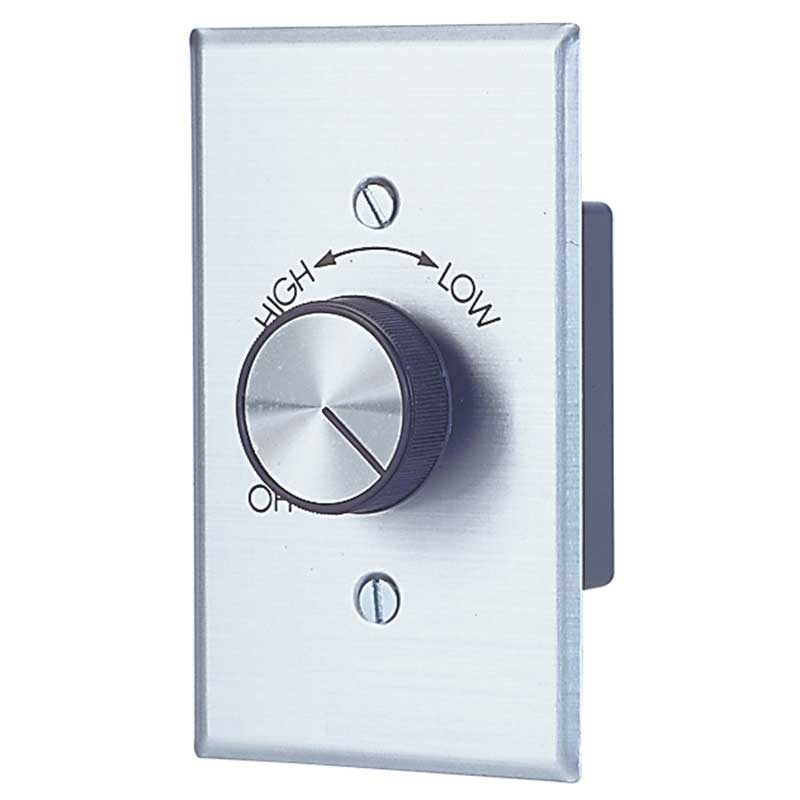
It’s a lot like when you have an open window in a moving car.īecause of the wind chill effect making you feel cooler, simply using your fan while you’re in the room allows you to turn up the thermostat four degrees. Technicians refer to as the “wind chill effect.” Basically, when the air hits your skin, it speeds up evaporation of moisture on your skin and makes you feel cooler. Ceiling fans cause what our engineers and Having your ceiling fan spinning in the right direction in summer is important for your comfort and energy bill.

You’llīe able to feel the coolest, most direct airflow if it’s spinning the correct way.Ĭeiling fan direction with air conditioning If it’s in summer mode, the ceiling fan blades will be moving from right to left (counterclockwise). How can you tell which direction your ceiling fan is spinning? Stand underneath the fan and look up to watch the ceiling fan blades spin. Percent higher velocity than leading competitors. Our SureSpeed® high velocity ceiling fans are optimized with our SureSpeed Guarantee to deliver an even more powerful breeze, performing at 33

The counterclockwise direction combined with the blade pitch on fans creates downdraft, which you feel as that welcoming, cool breeze in summer.

To keep cool in summer, your ceiling fan should spin counterclockwise.

When designing your loads you'll need one fan load per speed in load types this is listed as fan switched. As for the control in HWQS Designer I've found the best way to control a fan is via a manual sequence, the reason being you only ever want one relay closed at a time otherwise you will have odd speeds or constantly on. What we currently recommend to our customers in Australia is use either a LQSE-4S10-D or a RPM-4R and wire the capacitor included with the fan to control the speed(one relay per speed, except for off which doe).


 0 kommentar(er)
0 kommentar(er)
